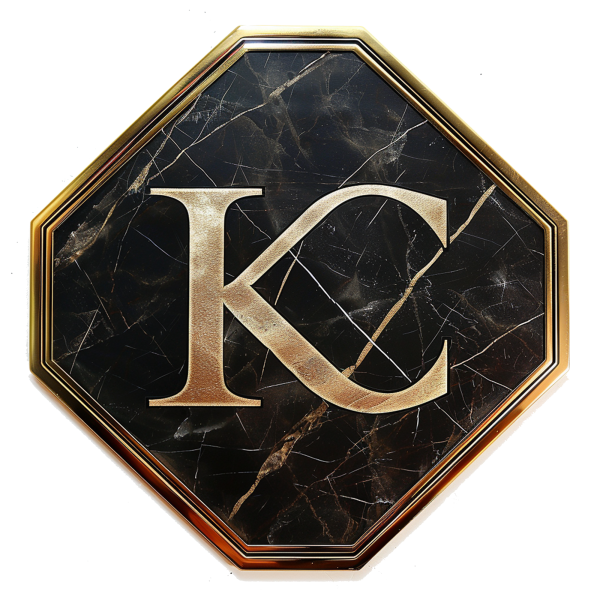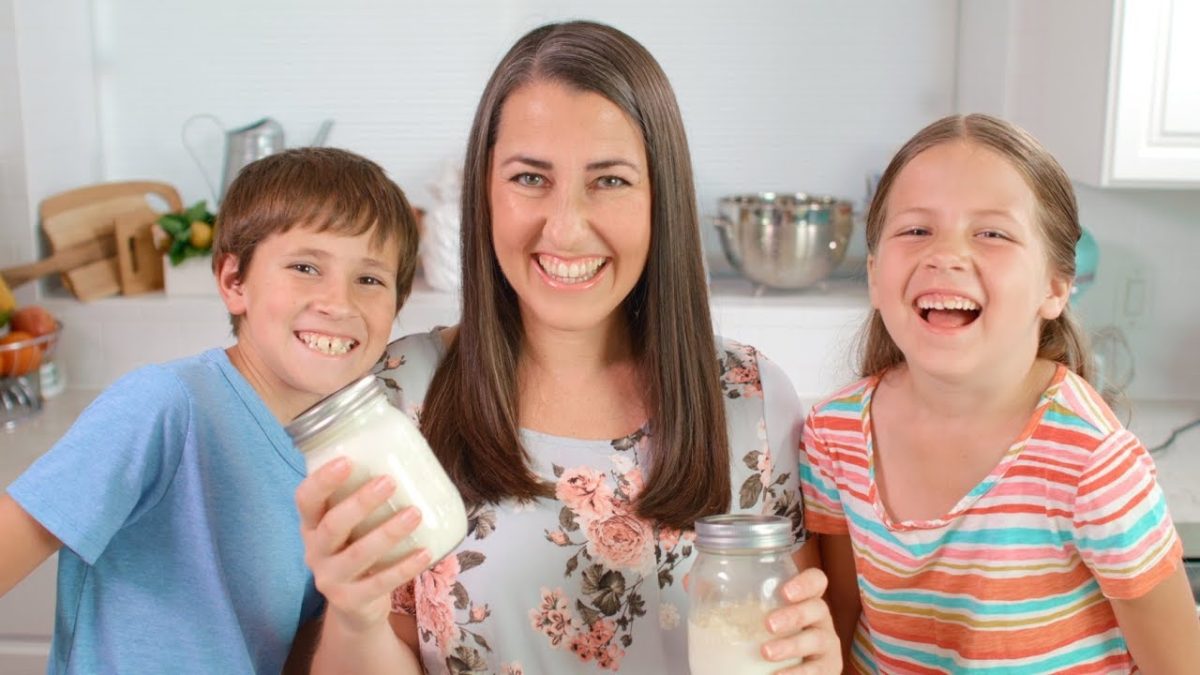In today’s world, where grocery prices are skyrocketing, finding ways to save money is crucial. One such way is by making your own food at home. Today, we’ll delve into the art of making butter from scratch. Not only is it simple, but it’s also a fun activity that can save you some money in the long run.
It’s so simple the kids can do it.
Ingredients and Procedure
Ingredients:
- 35% Whipping Cream: 1 cup
- Salt: 1/4 tsp (you can add more to taste)
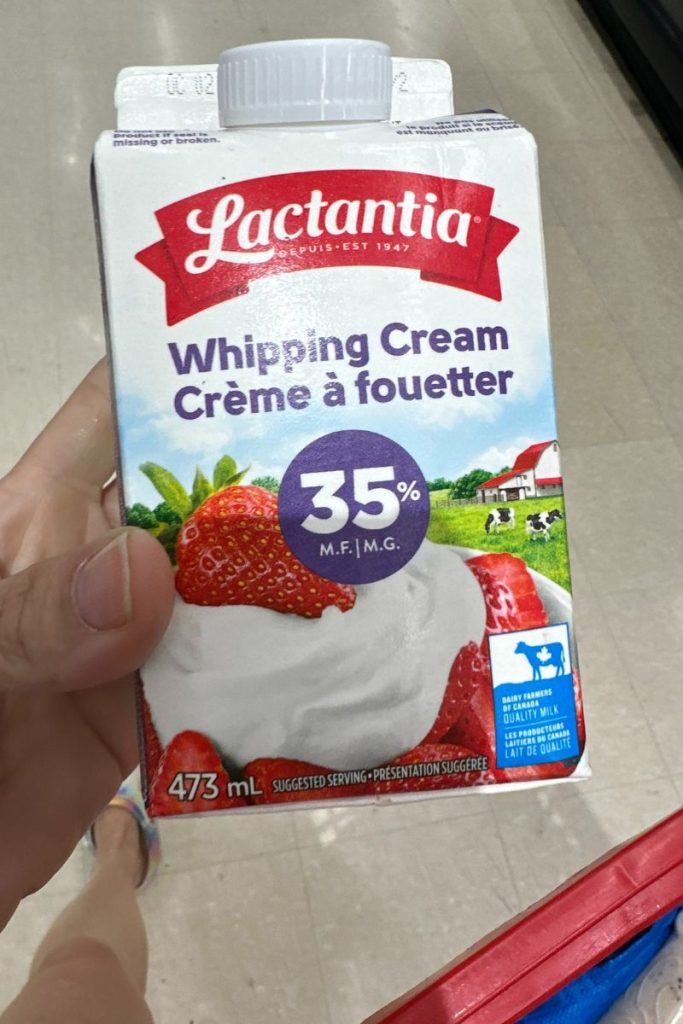
Procedure:
- Preparation: Start by taking your ingredients and a mason jar.
- Mixing: Pour the whipping cream into the mason jar and add the salt.
- Taste: Remember to add more salt depending on how salty you would like your butter.
- Shaking: This is where the magic happens. Close the jar tightly and start shaking. As you shake, the mixture will start to thicken. It might even get so thick that you’ll think you can’t shake it anymore. But don’t stop! Keep shaking.
- Result: After a good amount of shaking, you’ll end up with a ball of butter and buttercream separated in the jar.
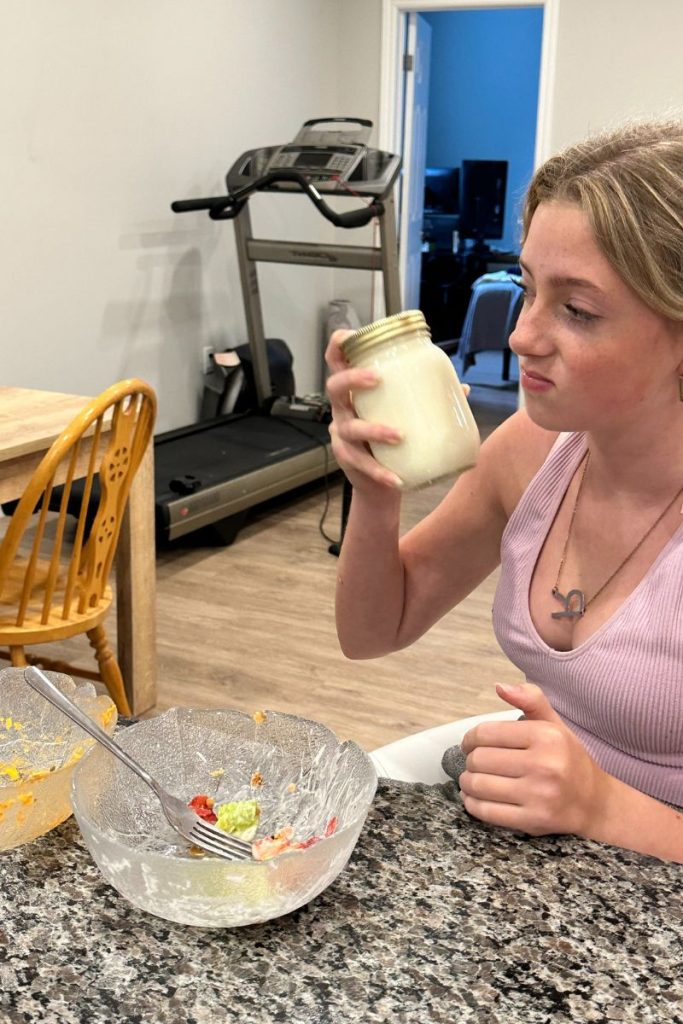
Note: The key to this process is persistence. Just keep shaking, and you will eventually get butter.

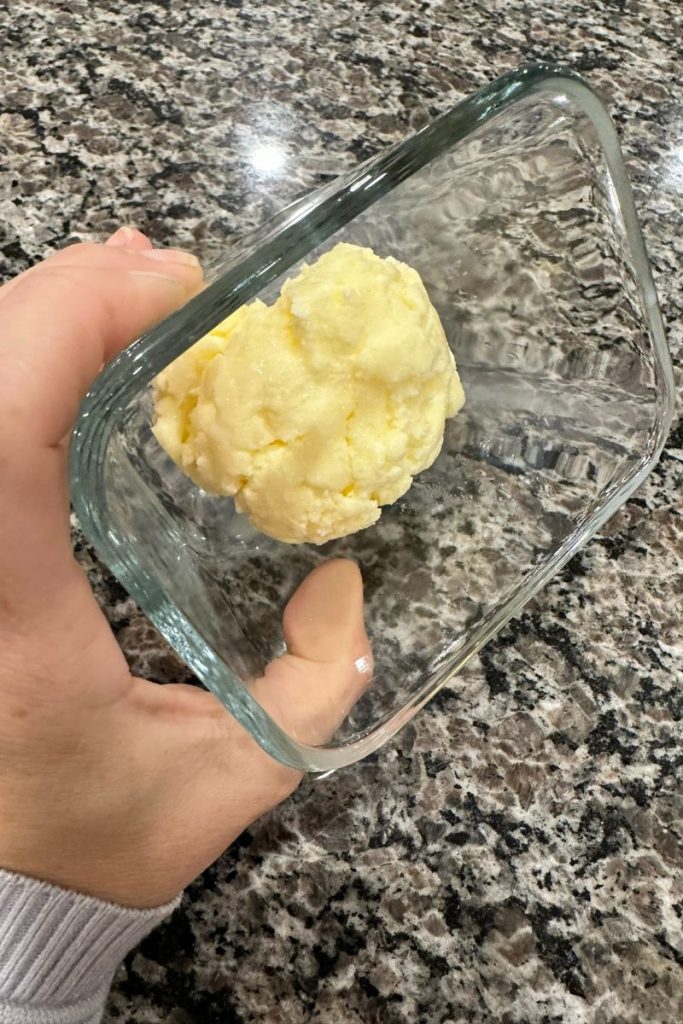
Making Whipped Cream
- Whipped Cream vs. Whipped Butter: If you shake whipping cream in a mason jar and stop before it becomes butter, you’ll actually get “whipped cream,” not “whipped butter.” Whipped cream is the stage before the fat globules fully coalesce to form butter. It’s light, fluffy, and often sweetened and used as a dessert topping.
- Process:
- Fill a mason jar about halfway with cold heavy whipping cream.
- Seal the jar tightly.
- Start shaking vigorously.
- After a few minutes, the cream will thicken and double in volume, turning into whipped cream. This is the stage where you’d stop if you want whipped cream.
- If you continue shaking past this point, the fat will start to separate from the liquid, leading to the formation of butter and buttermilk.
- Consistency: The consistency of the product will depend on how long you shake it. If you want a light and airy whipped cream, you’ll need to stop shaking once you notice the cream has thickened and increased in volume. If you shake it for too long, you’ll start to see the separation process, leading to butter.
If you’re aiming for whipped cream, you can achieve it by shaking whipping cream in a mason jar and stopping once it’s thick and fluffy. If you continue shaking, you’ll eventually get butter.
Why Make Your Own Butter?
With the current economic climate and rising grocery prices, making your own butter can be a cost-effective solution. Not only do you save money, but you also have control over the ingredients, ensuring a healthier option free from preservatives and additives.
Benefits of Homemade Butter:
- Cost-Effective: With the high prices of groceries, making your own butter can save you some money.
- Healthier: No preservatives or additives.
- Taste: Freshly made butter has a rich and creamy taste.
Related Link: Health & Wellness
Frequently Asked Questions
1. Can I use a different type of cream?
- While 35% whipping cream is recommended, you can experiment with other types of cream. However, the results might vary.
2. How long does homemade butter last?
- If stored properly in the refrigerator, homemade butter can last up to two weeks.
3. Can I add other ingredients to flavor the butter?
- Absolutely! Feel free to add herbs, garlic, or other flavors to customize your butter.
Related Links: How to Make Homemade Butter for Your Holiday Meals
Additional Resources and Tips
If you’re interested in diving deeper into the world of homemade butter and other dairy products, there are plenty of resources available. From books to online courses, you can find a wealth of information to enhance your butter-making skills.
- Books: There are several books dedicated to the art of making butter and other dairy products. These can provide in-depth information and recipes.
Making butter at home is a simple and rewarding process. With just a few ingredients and a bit of effort, you can enjoy fresh, creamy butter that’s both cost-effective and delicious. So, the next time you’re at the store, skip the butter aisle and make your own at home!
Remember: Just keep shaking, and you’ll have delicious homemade butter in no time!
Related Link: Color Personality Test
How To Make Butter – What Is Happening To Make Butter
The transformation of heavy whipping cream into butter is a fascinating process that involves the manipulation of the fat molecules present in the cream. Let’s delve into the science behind it.
The Composition of Cream
Heavy whipping cream is essentially a mixture of fat and water. The fat in the cream is in the form of tiny globules that are surrounded by a membrane made up of proteins and phospholipids. This membrane prevents the fat globules from coming together and coalescing.
The Process of Churning
When you shake or churn the cream, you’re applying mechanical force to it. This force breaks down the protective membranes around the fat globules.
1. Initial Shaking:
As you start shaking, the fat globules begin to collide with each other. With continuous shaking, the protective membranes around these globules get damaged and start to break apart.
2. Coalescing of Fat:
Once the membranes are broken, the fat globules are free to coalesce or come together. As more and more globules join together, the fat starts to separate from the liquid part of the cream.
3. Formation of Whipped Cream:
Before the butter forms, the cream will go through a stage where it becomes whipped cream. This is when the fat globules have partially coalesced, trapping air and increasing in volume.
4. Separation of Butter and Buttermilk:
As you continue to shake, the fat globules coalesce further, squeezing out the liquid in between them. This liquid is known as buttermilk. The solid mass that remains is butter.
Role of Salt
Salt in the butter-making process serves primarily as a flavoring agent. However, it also has a secondary role in preserving the butter and preventing bacterial growth, which can make the butter go rancid.
Chemical Perspective
From a chemical standpoint, the process of making butter is more physical than chemical. It’s about the mechanical force causing the fat globules to come together, rather than any new chemical compounds being formed. The main transformation is the change in the physical state of the cream from a liquid emulsion to a semi-solid (butter) and a liquid (buttermilk).
The act of shaking or churning cream to make butter is a testament to how simple mechanical actions can bring about significant changes in the structure and texture of food. The transformation of liquid cream into solid butter is a delightful combination of physics and culinary art.
